This is a picture I took 15 years ago of a stone “coin” or tablet which was being kept at an ashram in the forests of Odisha. The sadhu who kept it said he used to find many of these in the river, but he lost all of them in the super cyclones of the 1970’s and 1990’s when the ashram was under water.
The river is like a mountain stream, just a few feet deep and maybe 10 feet across most of the year except during the rainy season when it becomes more forceful. It is curious that the river runs through thick forests from up in the mountain and there are no signs of settlements upstream today.
I always wondered what it portrayed and how old it was. It was also curious how it came to be in the river, since no human settlements would exist up stream in the mountain.
Finally this week the mystery was solved by a nice person in an archeology group on facebook. They said they had seen identical pieces in the Tezpur District Museum in Assam, and that the depiction was once a standard pattern.
They even shared photos of the pieces from the Tezpur District Museum which were exact matches.
On the front is Lord Vishnu in sitting posture, with two female attendants on the sides. Above and below are Gaja Lakshmi (with two elephants) and Garuda. On the back is a 10 petaled lotus, with the dashavatara depicted within the ten petals.
The person surmised that these were portable deities carried and worshipped by sadhus, which would explain how they ended up in the remote forests which were areas only sadhus would roam.
[Last three photos are from the Tezpur District Museum in Assam.]
Receive our daily email newsletter on Hinduism, Yoga, Meditation, Ayurveda and Natural Healing.

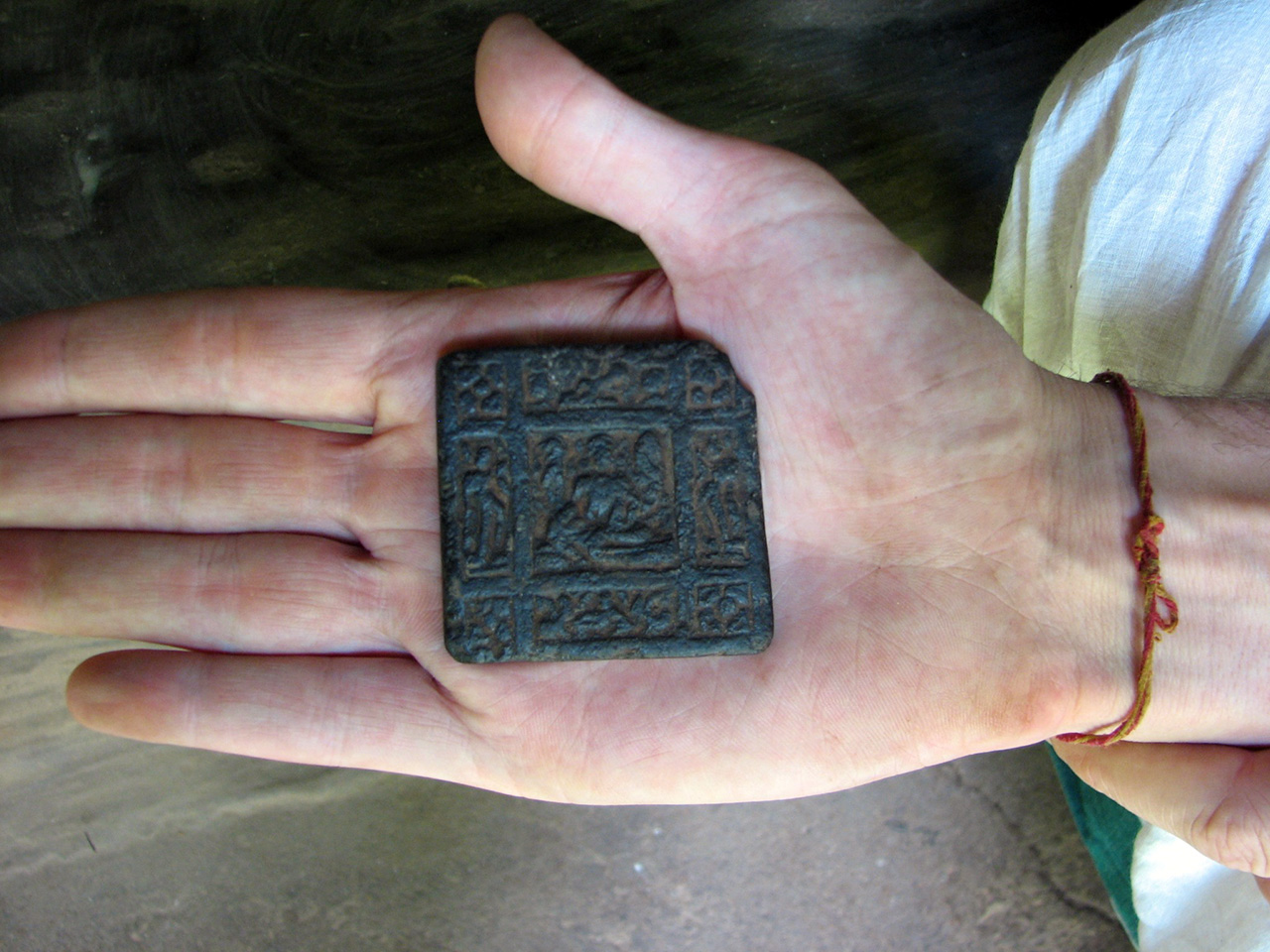
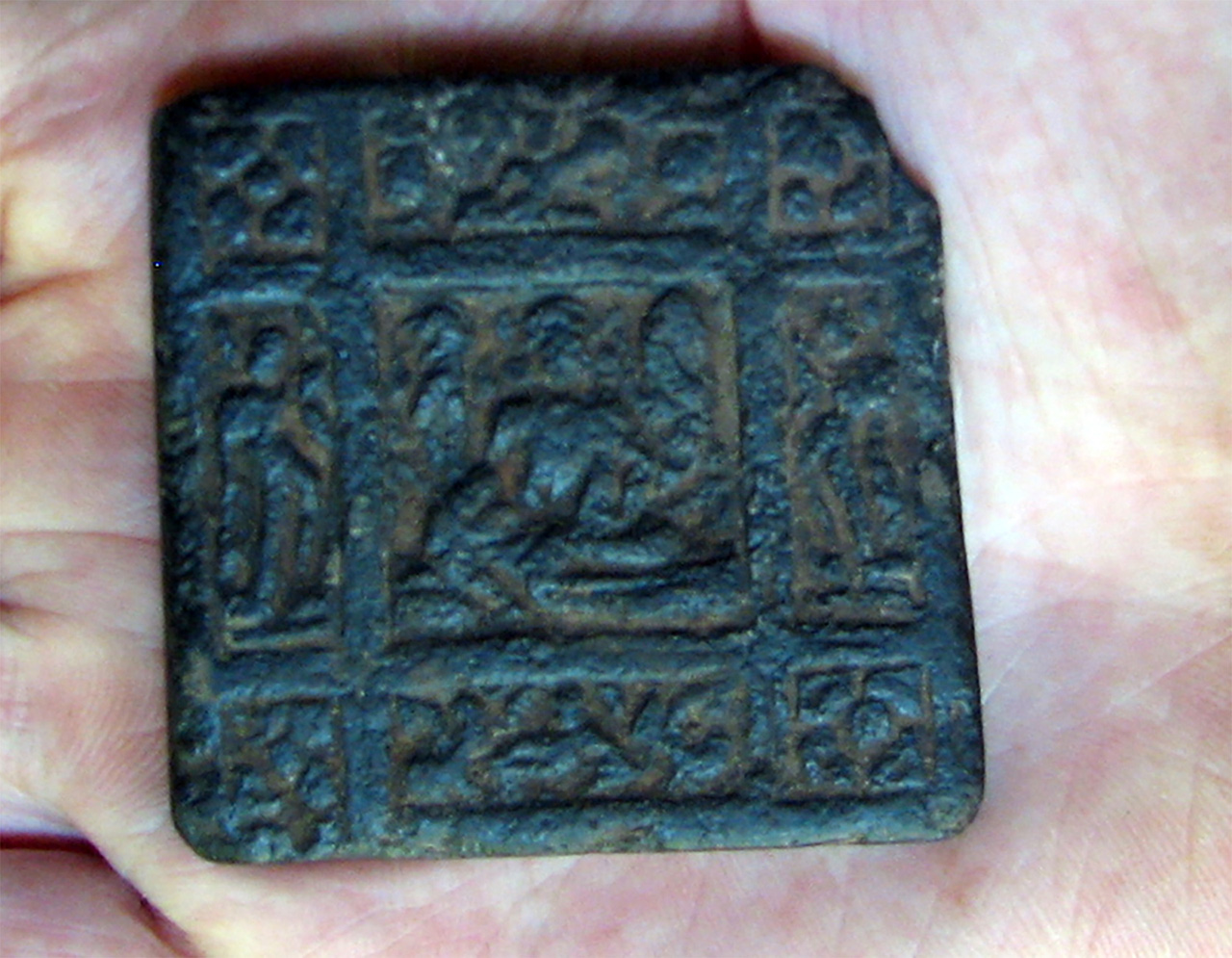
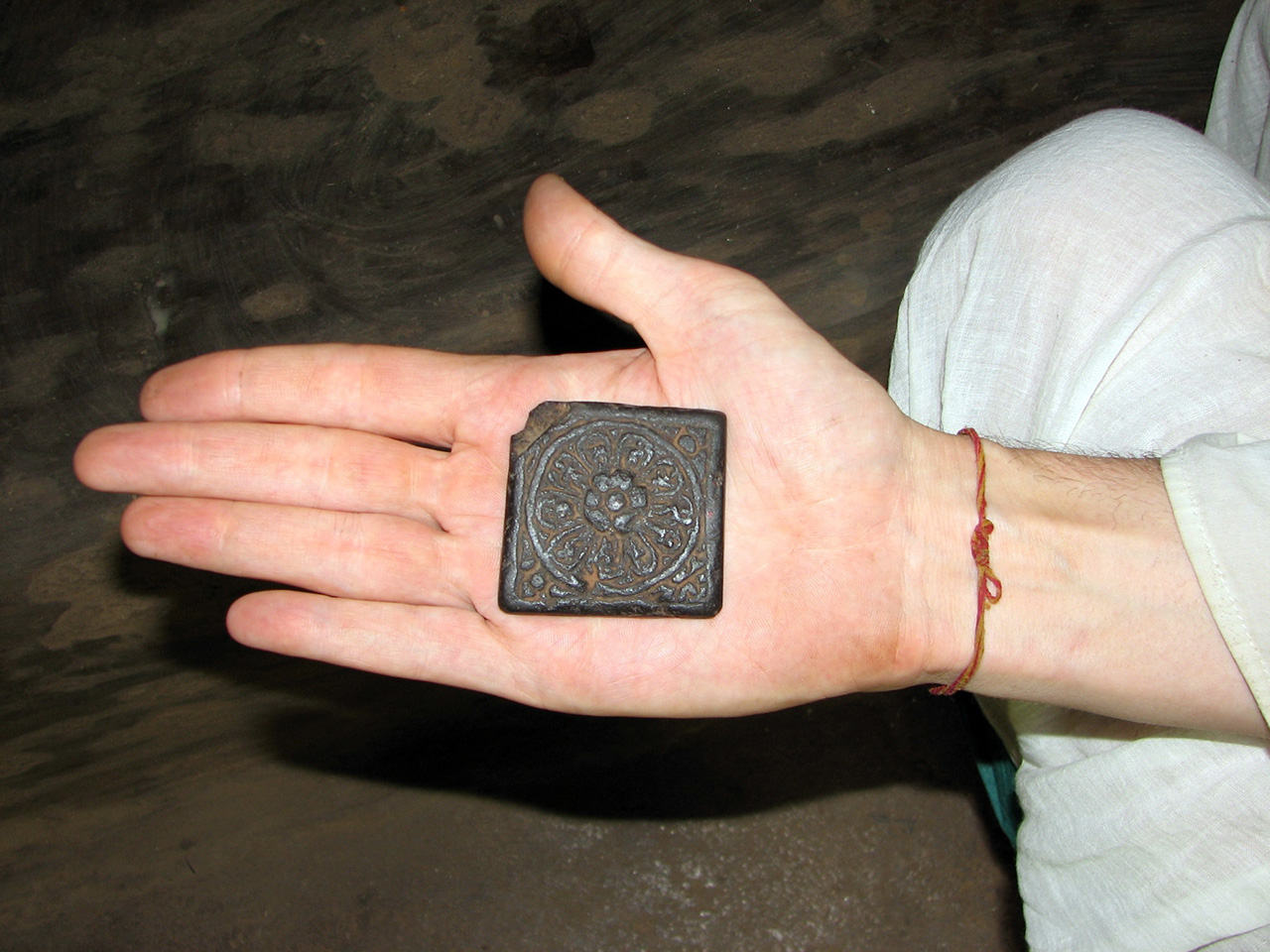
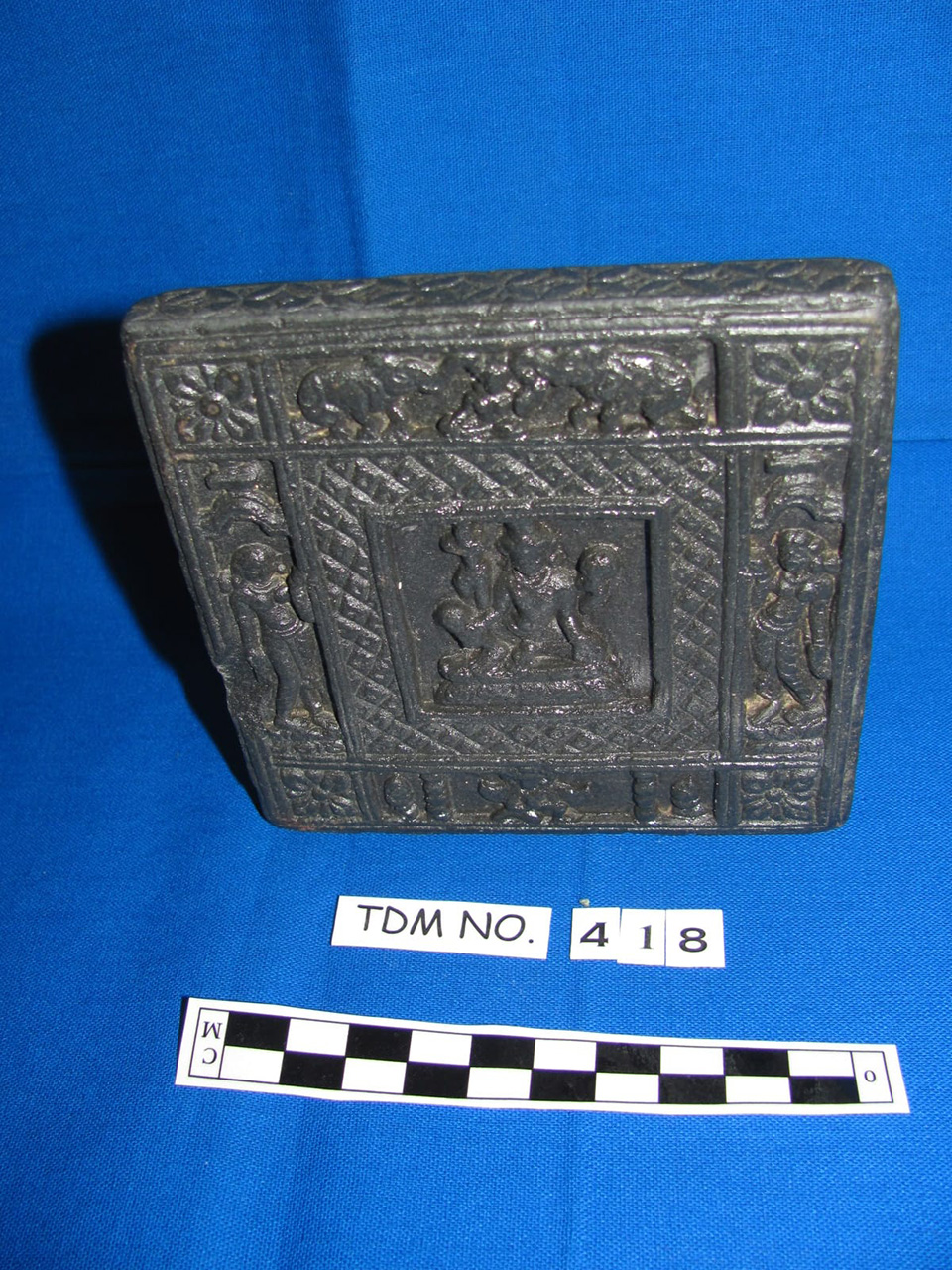
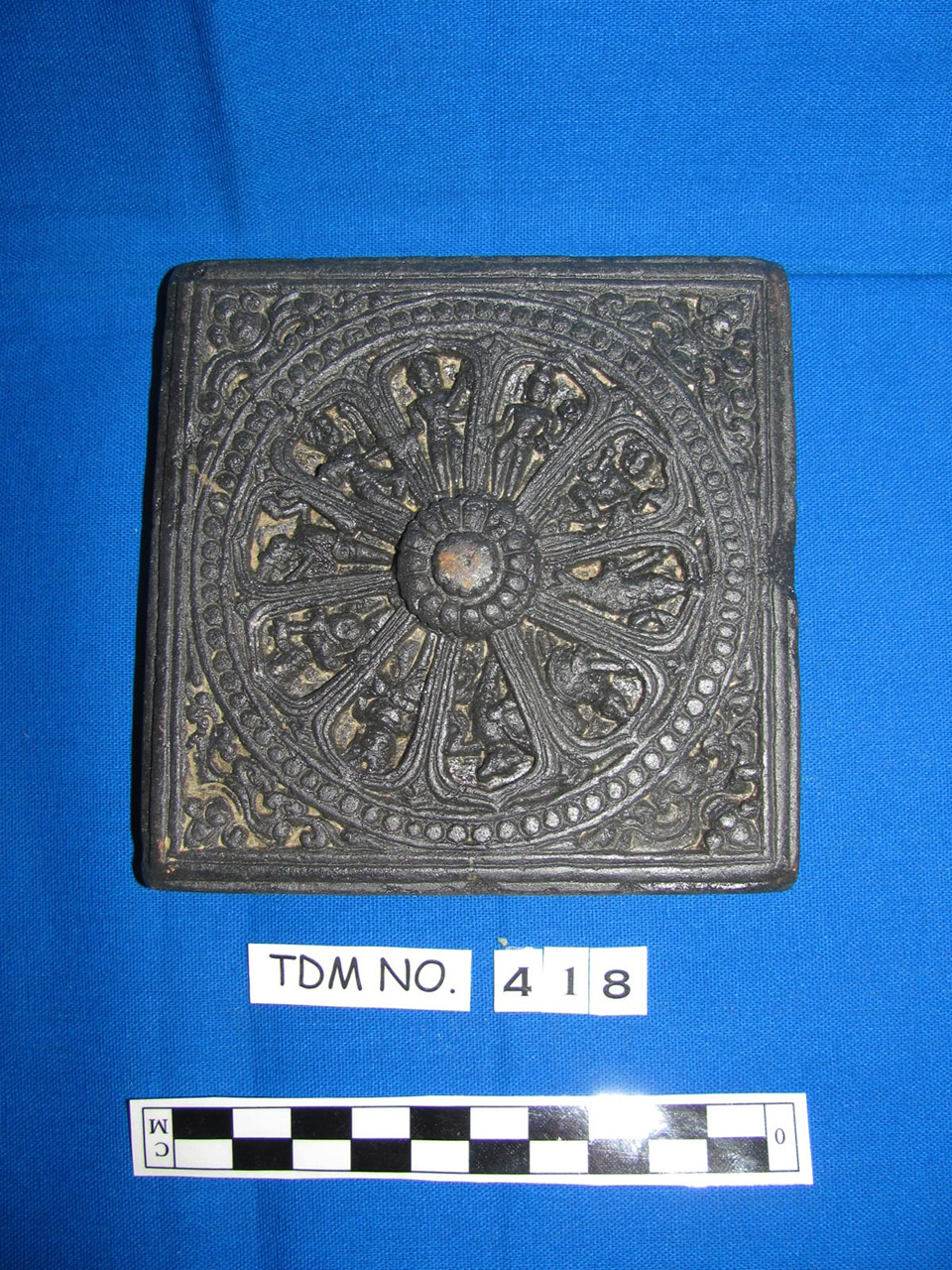
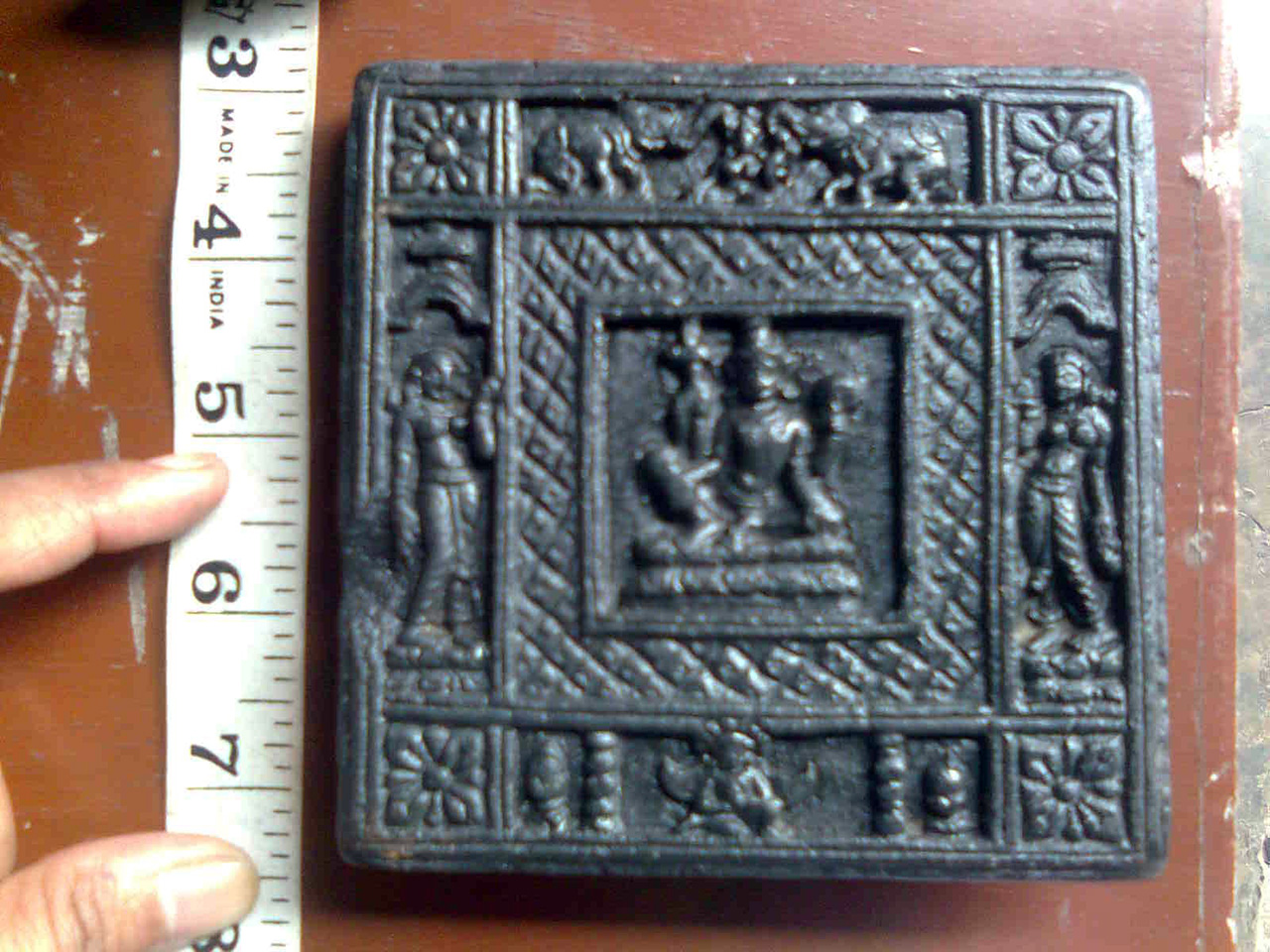




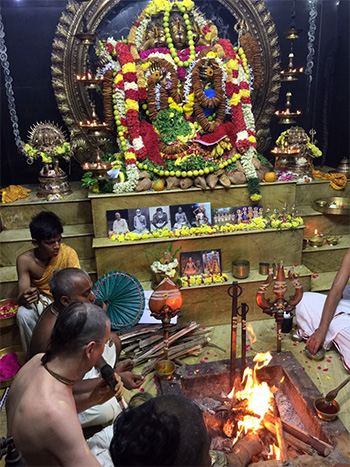

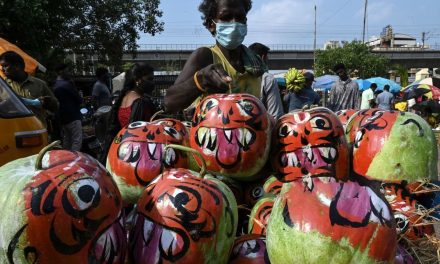

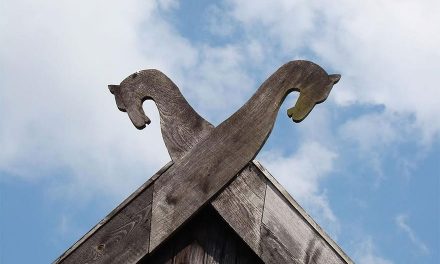
Very nice explanation and information which most of our countrymen do not know. Thanks for sharing. I shall share it further so that more and more people know about it.
A!
very intriguing
Very intersting find. It seems to have served the purpose of a mobile temple for the Sadhus to pray. How ingenous our people were !
These prove that India is an ancient country with her rich tradition of learning, arts and crafts.
Truely royal Indian Heritage
See, how you may be beneficial if you want to follow the religious beliefs.
That does not say anything how they were created or the technology to carve such intricate patterns in stone or who had tools to do such incredible work. There is something missing in what we know about their creators. There are probably stones with every deity known, and being told which ones they are is great but that is not saying the deeper mysteries about how these things came to be. Thank you for sharing the sacred info but it only frustrates the deeper curiosities.
It still does not explain, who made these, during what period, and what was the purpose?
These small tablets look beautiful and shows the craftsmanship of ancient times. However, it would be better to know how old these tablets are using carbon dating.
A plausible explanation. Like a picture of a favourite deity carried in a wallet.
Interesting and intriguing! But way too vague.
Very good information never published earlier. Thanks to the administrative staff.
Nice story, and real research.
Is it made of stone? Which stone?
Our Santana Dharma is always amazing in its culture and traditions.
Great Ancient Indian History .
Thanks and regards for sharing this invaluable knowledge.
Uma
Very interesting.